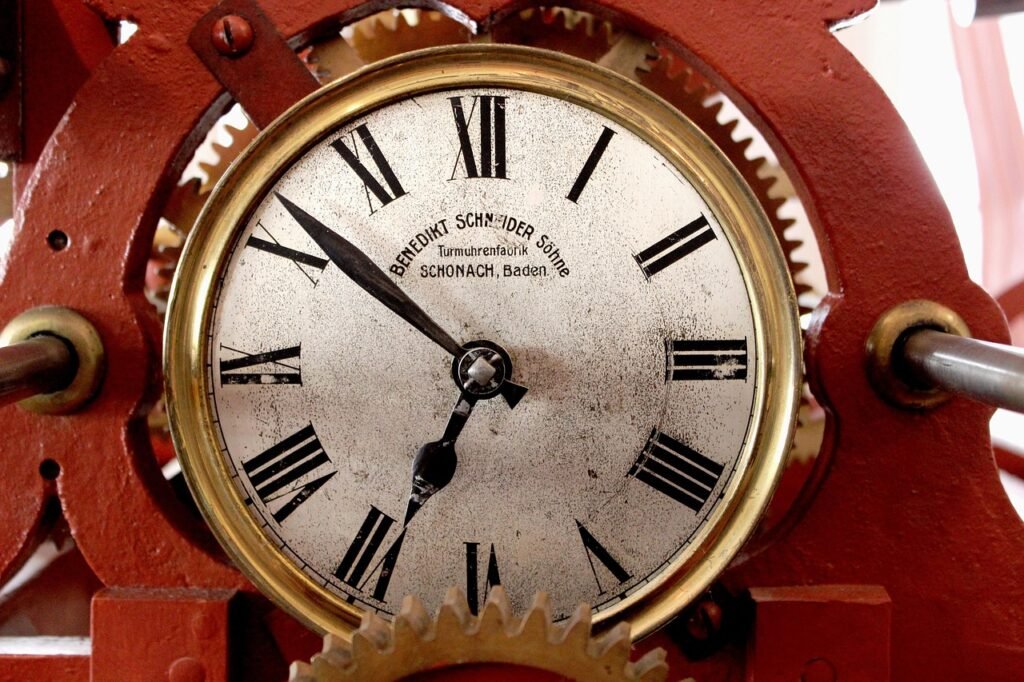Have you ever wondered what would happen if you could experience time differently simply by going underground? Imagine descending into Earth’s deepest caverns and discovering that each second, each minute, each hour passes at a fundamentally different rate than it does on the surface above you.
This isn’t the stuff of science fiction. Einstein’s theories suggest that gravity has a profound effect on time itself, creating fascinating possibilities in environments far removed from our everyday experience. From the world’s deepest mines to natural caves thousands of feet underground, the very fabric of spacetime might behave in ways that challenge our intuitive understanding of reality.
The Physics Behind Underground Time Changes

Since Einstein posited his theory of general relativity, we’ve understood that gravity has the power to warp space and time. This “time dilation” effect occurs even at small levels. The deeper you venture into Earth’s gravity well, the more pronounced these effects become.
Clocks deeper in a gravitational potential well tick slower (when compared to clocks higher in the gravitational potential). This means that if you were standing at the bottom of a deep cave system, your watch would actually run slightly slower compared to an identical watch held by someone standing on the surface above.
Gravitational time dilation occurs because objects with a lot of mass create a strong gravitational field. The gravitational field is really a curving of space and time. The stronger the gravity, the more spacetime curves, and the slower time itself proceeds.
Earth’s Core Age Difference Reveals the Truth
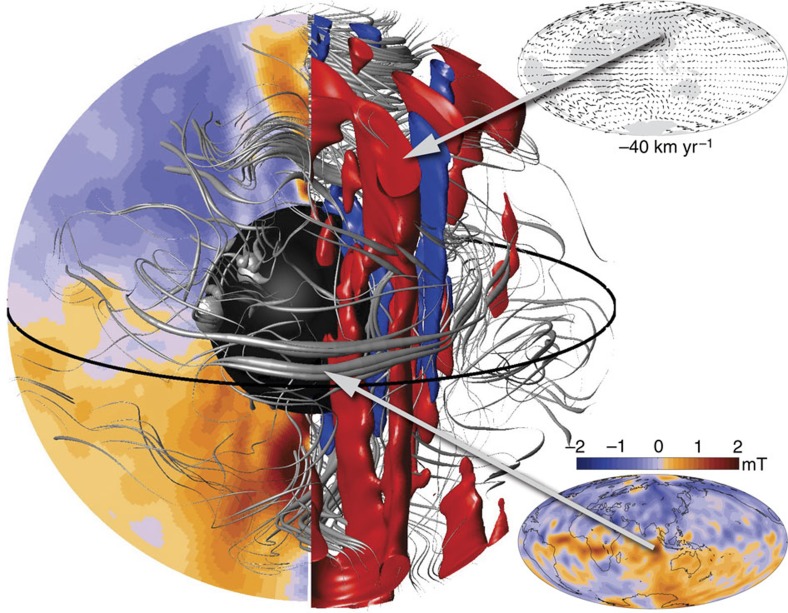
The most striking evidence for time dilation within Earth comes from recent calculations about our planet’s core. Scientists have calculated the relative ages of the surface of the Earth versus its core and has found that the core is 2.5 years younger than the crust.
Think about this for a moment. Insignificant, certainly…but over 4.5 billion years? It comes out to a difference of about 1.5 years; when variations in density between the core and the surface are factored in, that number was adjusted to 2.5 years.
This age difference exists purely because time moves more slowly at Earth’s center compared to its surface. The material forming our planet’s core has literally experienced less time than the rocks beneath your feet.
Modern Experiments Detecting Tiny Time Changes
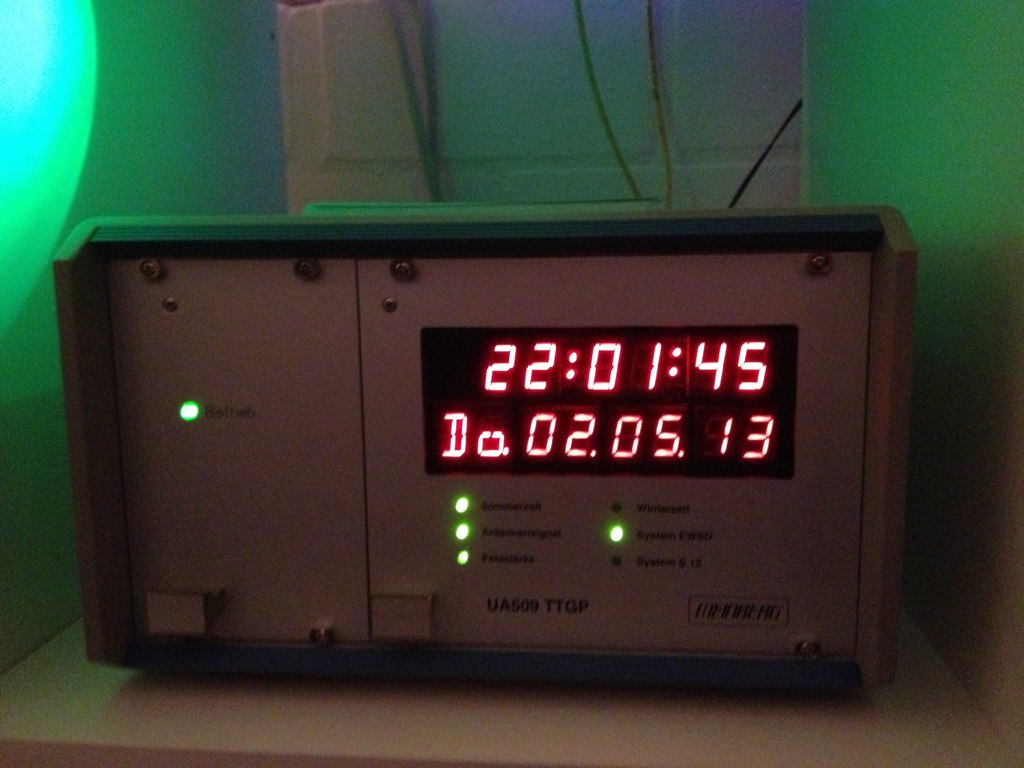
Scientists have developed incredibly sophisticated methods to measure these minute time differences. JILA physicists have measured Albert Einstein’s theory of general relativity, or more specifically, the effect called time dilation, at the smallest scale ever, showing that two tiny atomic clocks, separated by just a millimeter or the width of a sharp pencil tip, tick at different rates. The experiments, described in Nature, suggest how to make atomic clocks 50 times more precise than today’s best designs and offer a route to perhaps revealing how relativity and gravity interact with quantum mechanics, a major quandary in physics.
The U.S. National Institute of Standards and Technology (NIST) has measured such small time rate differences and published its findings. NIST was able to measure the small time rate difference between a point on the earth and a point half a meter higher, by simply raising their experimental table a half of a meter. Their findings matched well the time dilation predicted by Einstein’s relativity.
These experiments prove that even the smallest elevation changes affect time’s passage. In the deepest caves on Earth, these effects would be measurably greater.
Why Underground Caves Create Unique Conditions
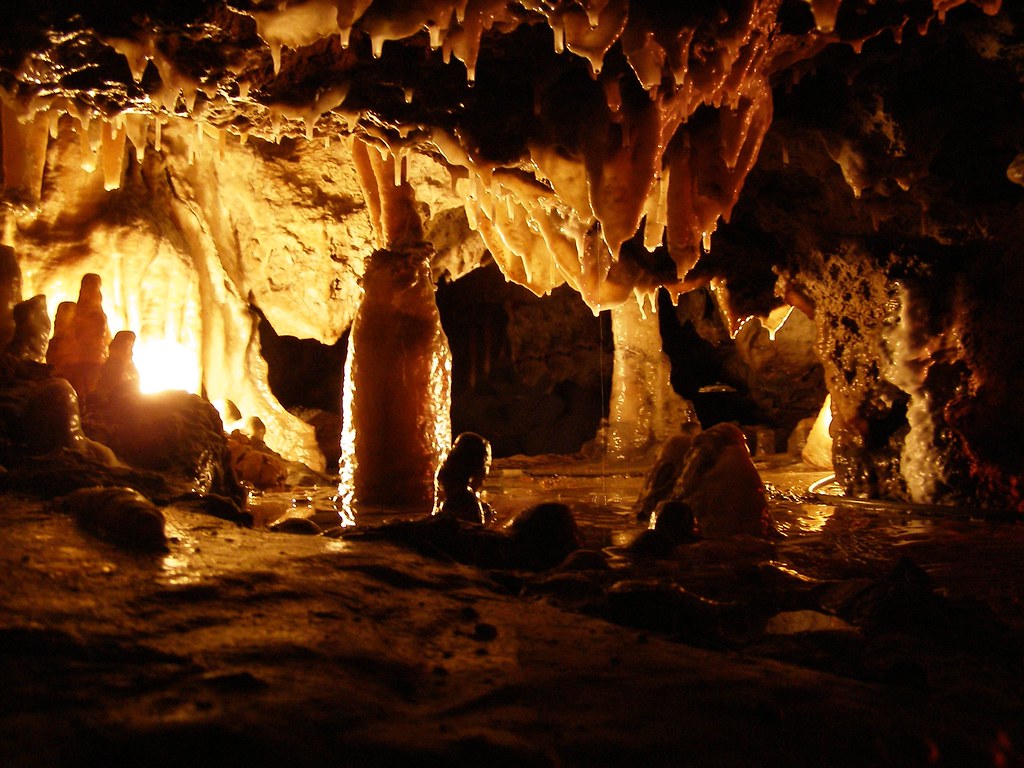
Caves present fascinating laboratories for studying time dilation effects. Unlike artificial mines that rarely extend more than a few miles deep, natural cave systems can create environments where you’re surrounded by massive amounts of rock in all directions.
Experience-wise, remember that even when you’re underground, you are essentially at the surface. If you imagine the Earth as an apple (say 10 cm diameter), the planet’s crust is about as thick as the skin of the apple, and mines go down about as far as the thickness of a hair. Going down a mine doesn’t make a huge difference to the amount of matter above/below you.
However, certain cave systems extend much deeper than typical mines. Natural processes have carved passages that reach extraordinary depths, creating environments where the cumulative effect of being surrounded by dense rock becomes more significant.
The Practical Reality of Cave Time Dilation
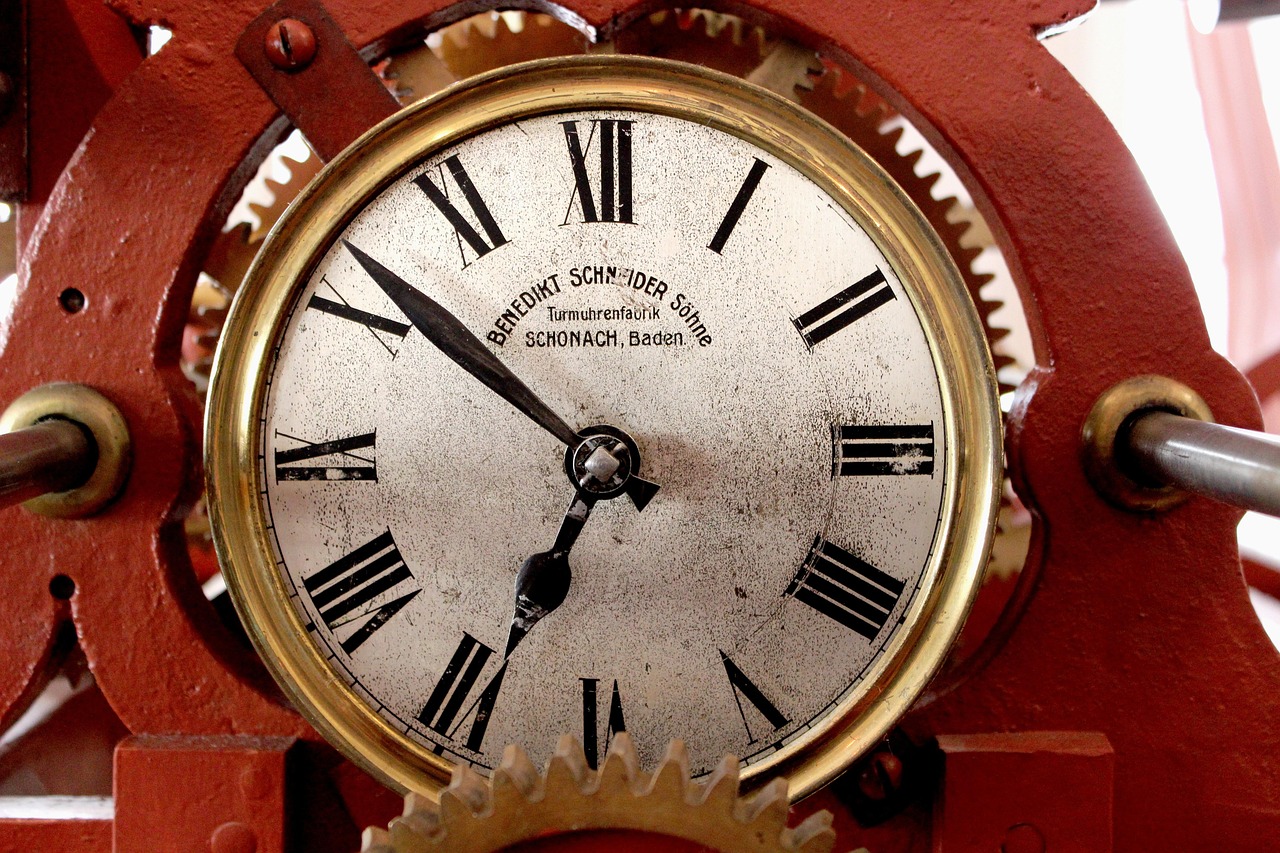
The effect is too subtle to be noticed in daily life, but we have tested it experimentally. For instance, it is possible to measure the effects of gravitational time dilation between the top and the bottom of a building. Do clocks run measurably slower? Yes.
Even in Earth’s deepest accessible caves, you wouldn’t notice any perceptible difference in how time passes. Your body’s biological processes would continue normally, and you’d have no sensation that time was moving differently. We should note here, however, that an observer in the strong gravity experiences his time as running normal. It is only relative to a reference frame with weaker gravity that his time runs slow. A person in strong gravity therefore sees his clock run normal and sees the clock in weak gravity run fast, while the person in weak gravity sees his clock run normal and the other clock run slow.
Mountain Experiments Show the Opposite Effect
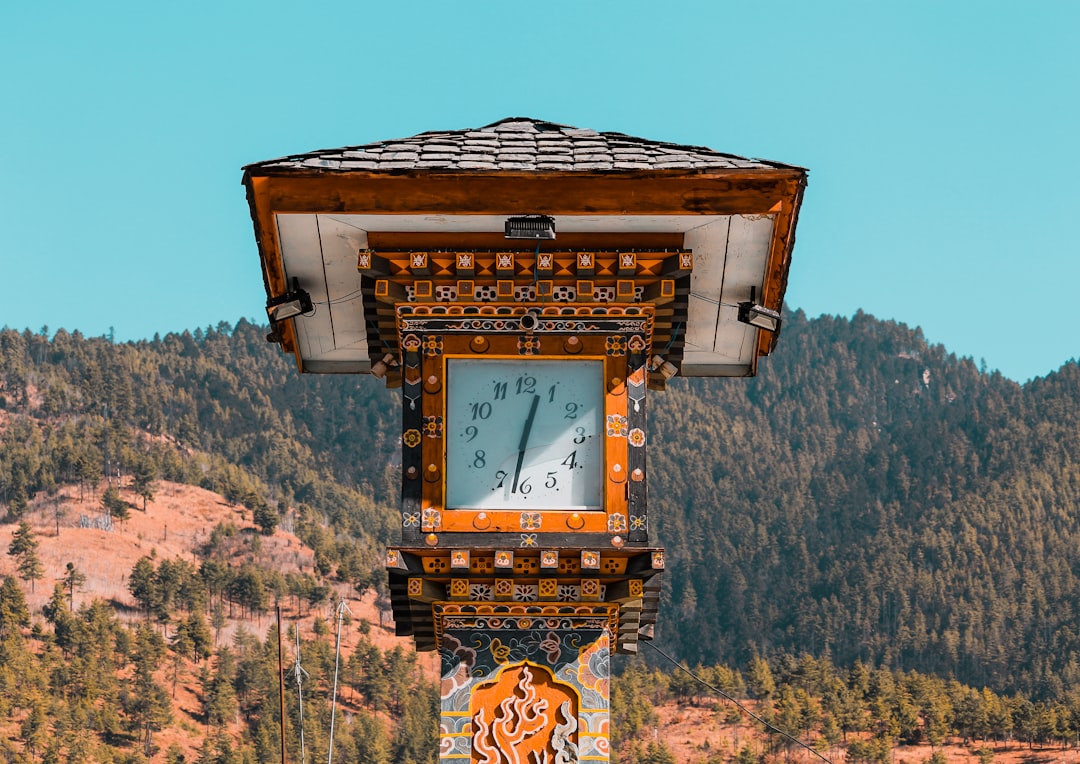
Scientists have conducted numerous experiments on mountaintops that demonstrate the inverse of what happens underground. Scientists have conducted experiments at different elevations, with clocks at higher altitudes showing measurably faster time passage, with differences measured in nanoseconds.
These mountain experiments confirm that time passes faster at higher elevations. This means that in deep caves, the reverse would be true. Time would pass more slowly the deeper you venture into Earth’s gravitational embrace.
GPS Satellites Must Account for Time Differences

The practical importance of understanding time dilation becomes clear when we consider GPS technology. The time dilation due to earth’s gravity is significant enough that the GPS satellites, which orbit high above the earth, must adjust their internal clocks in order to take into account their faster time and therefore accurately determine the location of GPS receivers on the ground.
The effect is significant enough that the Global Positioning System’s artificial satellites had their atomic clocks permanently corrected. This demonstrates that time dilation effects, while tiny, have very real consequences for modern technology.
If GPS satellites require constant corrections for their elevated position, imagine the potential precision needed to account for measurements taken in deep cave systems where the opposite effect occurs.
The Deepest Places on Earth
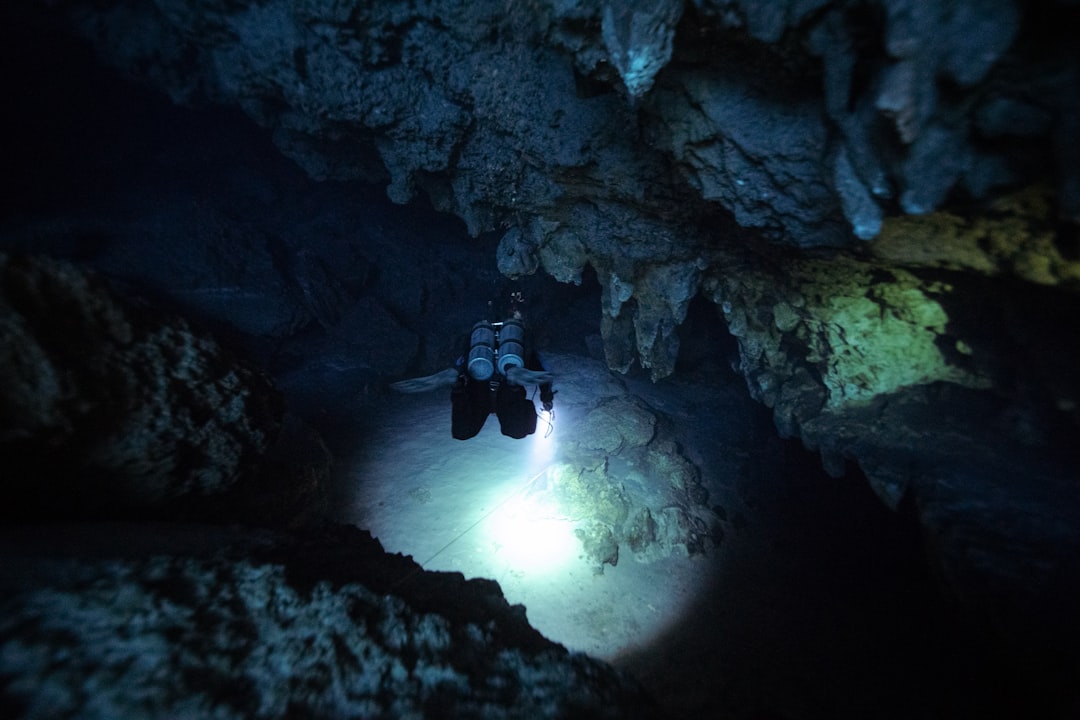
By the third day, the duo were 1200 m below the cave entrance and putting on scuba suits outfitted with heavy oxygen tanks. They were preparing to swim through a sump – a dark underground passage filled with water – which was the only way to keep searching for J2’s secrets.
Some of Earth’s deepest cave systems extend far beyond what most people can imagine. Natural caves formed by water dissolution can reach depths where the cumulative gravitational effects become more pronounced. While we haven’t yet discovered caves that approach the depths of the deepest mines, the potential exists for natural systems that could create measurable time dilation effects.
The physics suggests that in these environments, atomic clocks would indeed tick more slowly compared to identical devices on the surface.
Understanding Gravitational Potential vs. Force
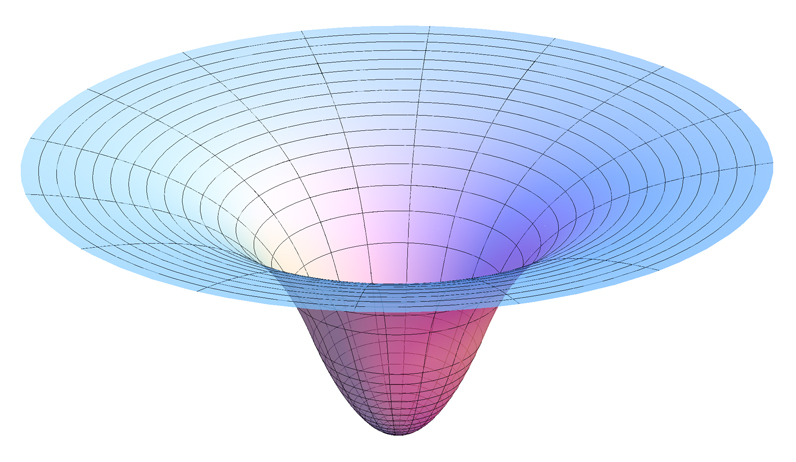
Many people mistakenly believe that gravitational time dilation depends on gravitational force strength. The confusion comes from a common misinterpretation that “time dilation is caused by gravity”. In fact, the relation is the opposite. Time dilation, as as part of spacetime curvature, causes gravitational attraction. In a nutshell, while moving forward in time, things shift to where time runs slower, so (in a simplified view) gravity is defined by the gradient of the time dilation. This gradient is zero at the center of the Earth, so the gravitational attraction there is zero despite the time dilation being maximal.
This explains why Earth’s core experiences maximum time dilation even though the gravitational force at the center is actually zero. For example, at the center of the Earth there would be no gravitational acceleration at all, but clocks would still be slower than on the surface of the Earth.
Future Possibilities for Cave Research
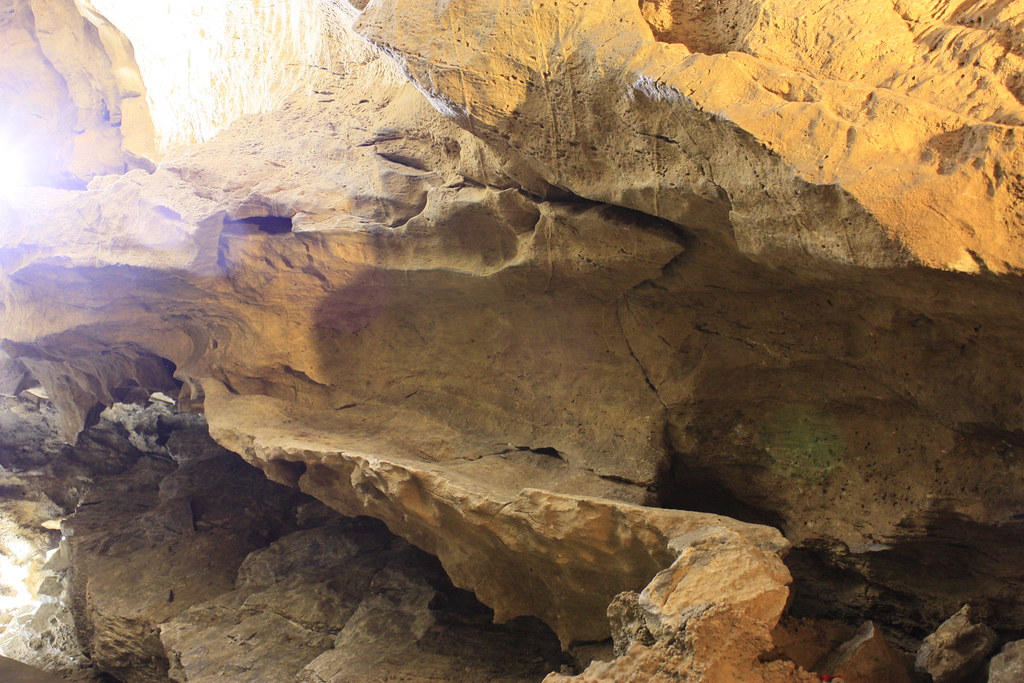
Such precise atomic clocks have other potential uses, too. Imagine building a set of reliable and user-friendly atomic clocks, Aeppli says. “You could put them at all the places where you’re concerned about volcanoes erupting.” Before an eruption, the ground often swells or quakes. This would change the height of an atomic clock in the area, and therefore how fast it runs. So scientists might use atomic clocks to detect tiny changes in elevation that signal a possible eruption.
The same technology could revolutionize our understanding of deep cave systems. Precise atomic clocks placed at various depths within extensive cave networks could map gravitational effects with unprecedented accuracy. These measurements could reveal previously unknown geological structures and help us better understand how Earth’s mass distribution affects spacetime itself.
The Ultimate Question About Deep Earth Time
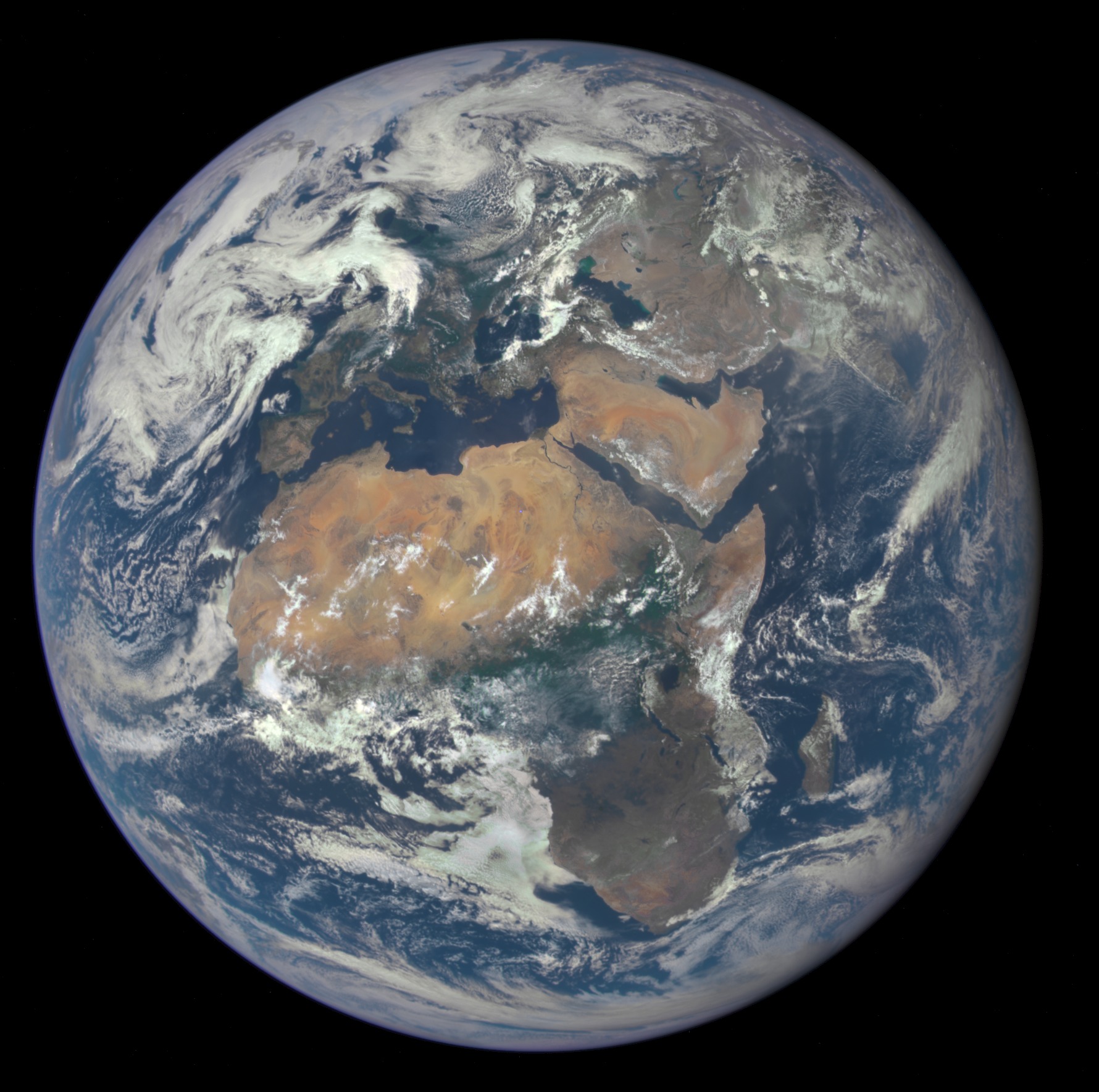
The fascinating reality is that time dilation in caves represents a genuine physical phenomenon, not just theoretical speculation. This effect has been demonstrated by noting that atomic clocks at differing altitudes (and thus different gravitational potential) will eventually show different times. The effects detected in such Earth-bound experiments are extremely small, with differences being measured in nanoseconds.
While you wouldn’t notice any difference in your daily experience within a cave, sophisticated instruments would reveal that time itself flows at a measurably different rate compared to the surface world above. Each moment you spend in Earth’s deepest places represents a slightly different relationship with time itself.
Actually, we do detect this time dilation. Daily. Everyone. We call it Gravity. The gravitational force we experience is fundamentally connected to the warping of spacetime that causes these time differences.
Time dilation in caves isn’t just possible – it’s inevitable. The deeper we venture into Earth’s embrace, the more we participate in one of the universe’s most profound mysteries: the flexible, malleable nature of time itself. Every cave explorer, whether they realize it or not, becomes a time traveler, experiencing the universe at a slightly different temporal rate than those who remain on the surface.
What do you think about this mind-bending reality? Tell us in the comments.

Hi, I’m Andrew, and I come from India. Experienced content specialist with a passion for writing. My forte includes health and wellness, Travel, Animals, and Nature. A nature nomad, I am obsessed with mountains and love high-altitude trekking. I have been on several Himalayan treks in India including the Everest Base Camp in Nepal, a profound experience.

